Treefall Gap Dynamics
The history of research on the ecology of treefall gaps goes as far back as the 1930s. Since then, a rich volume of literature has been generated on Gap Phase Dynamics. These include testing highly influential predictions and hypotheses that aim to explain the complex trade-off between colonization and competition. But, how did the idea of Gap Phase Dynamics germinate and take root? What are the key tenets of this widespread natural event? How did the thinking of the 19th […]

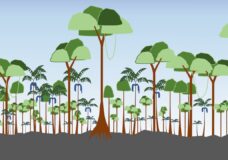
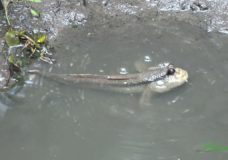
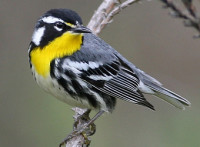

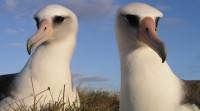
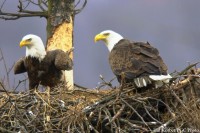
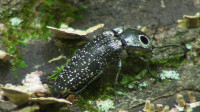

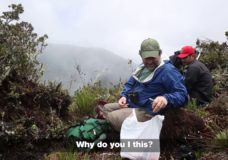


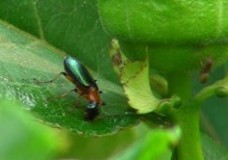

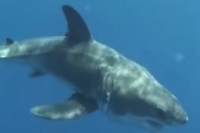
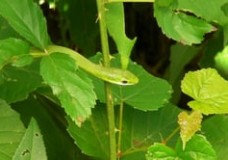

Recent Comments